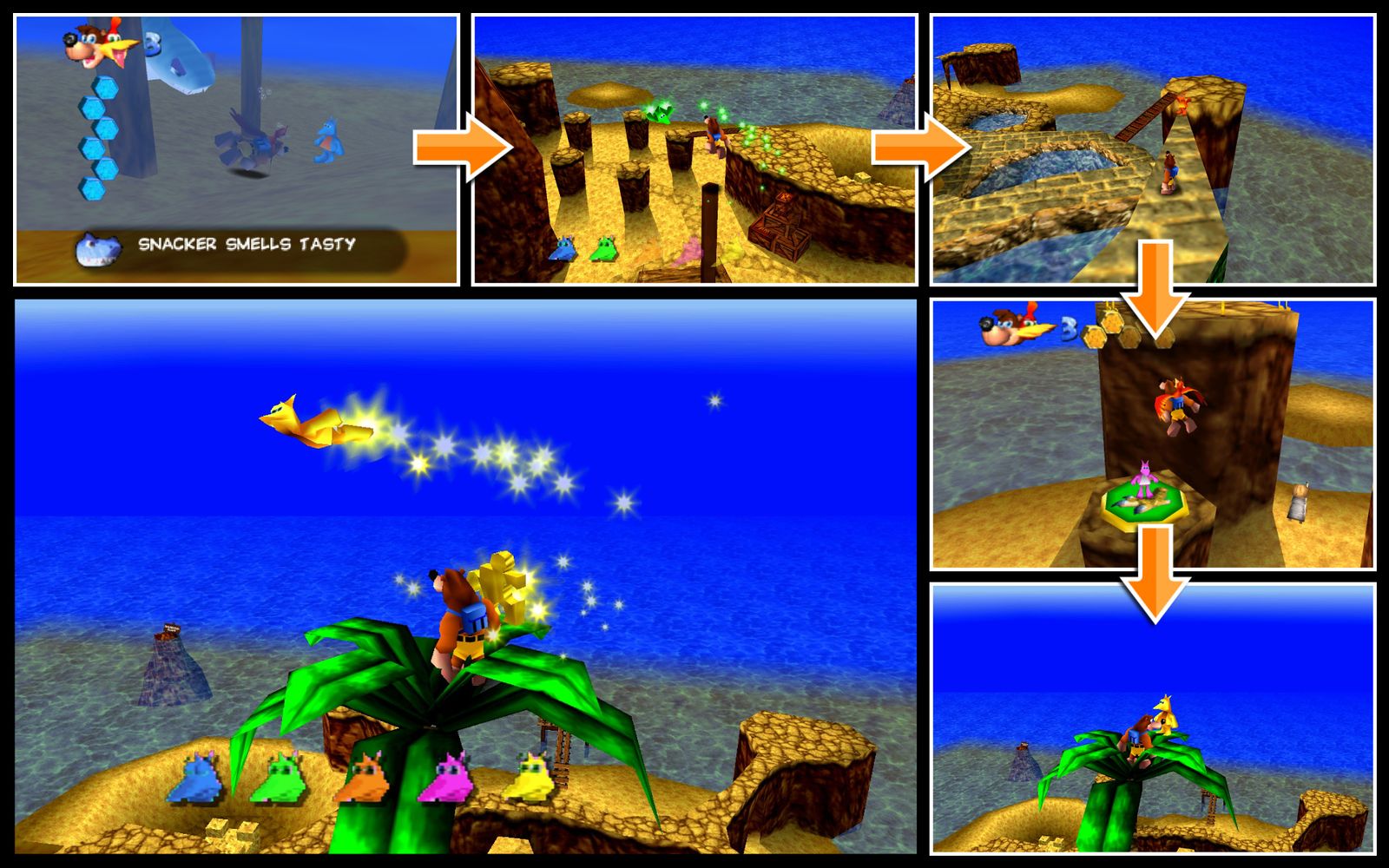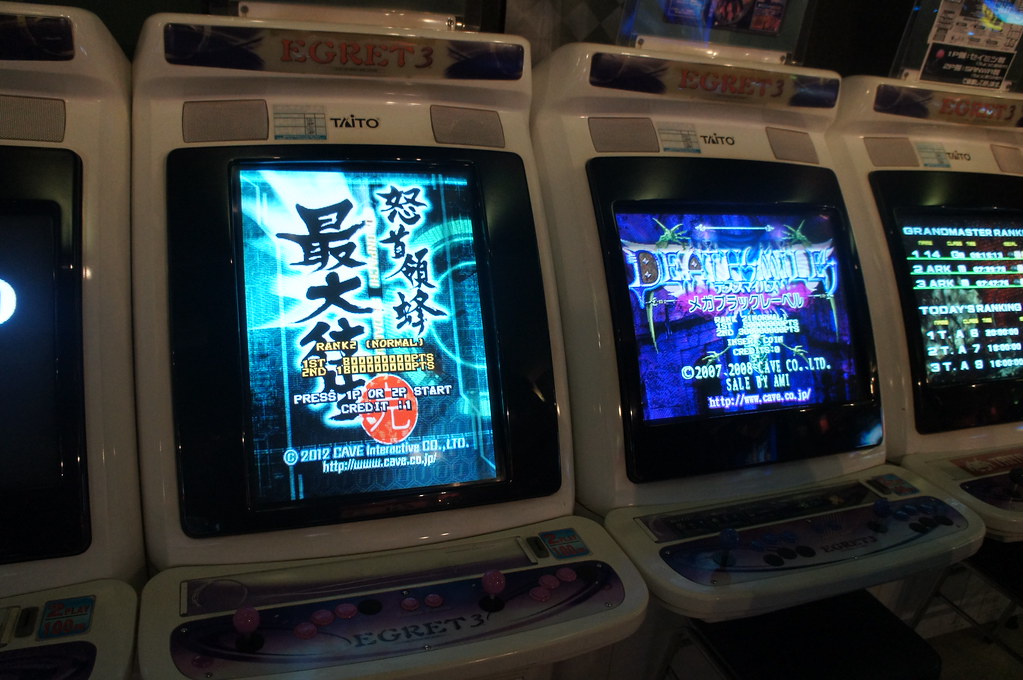The grind. It’s a term that can either evoke a sense of dread or a badge of honor among gamers. It’s the long hours spent doing seemingly repetitive tasks to achieve a goal within a game. Some games, they make you feel every painstaking step of this journey, turning what should be fun into something that feels suspiciously like… well, work. But then, there are those rare gems that manage to disguise the grind so well, you’re halfway through it before you even realize you’ve been grinding at all. That’s the sweet spot, the gaming nirvana we’re all searching for.
The Grind in RPGs: Love-Hate Relationship
About the grind in RPGs, a genre where grinding is as traditional as a knight in shining armor. It’s not inherently a bad thing. In fact, it can be quite satisfying. The key is balance and game design that respects the player’s time and effort. Take Horizon Zero Dawn, for example. The first game in the series was praised for its balance. Players could upgrade their gear and feel a sense of progression without the grind feeling like a chore. It was a seamless experience that kept you hooked, not because you had to grind, but because you wanted to.

Let’s contrast that with its sequel, Forbidden West. Here, players have noticed a shift. There’s more gear, and it takes a considerable amount of time and resources to upgrade it. When you finally do, the payoff doesn’t quite hit the mark. It feels more like a task you check off your list rather than an achievement. This shift is subtle but significant. It shows how a game can tip from engaging to burdensome with just a few design changes.

What makes a grind feel good or bad? It’s all about the difficulty curve and how it’s built around the player’s progression. Some games let you waltz through without much resistance, while others throw you into the deep end, expecting you to claw your way to the top. Then there are those that hit the sweet spot, providing a robust challenge that scales with your level, making the grind feel like part of the adventure rather than a hurdle.
Take The Elder Scrolls V: Skyrim, for instance. Here’s a game that lets you level without end. Nothing forces you to grind, but if you want to delve into skills like alchemy, smithing, or enchanting, you’ll find yourself repeating tasks to level up. Yet, it doesn’t feel tedious because the world evolves with you. You’re not just grinding; you’re living in a dynamic world that responds to your growth.

Elden Ring, on the other hand, is more forgiving to those who prefer to grind. The community even collaborates to find ‘rune farming’ spots, making it easier to boost stats. It’s a different approach from previous FromSoftware games, where skill and practice were more valuable than stats. Elden Ring’s higher caps and numerous stats mean you can spend hours grinding to make your character powerful, and it feels rewarding because you’re preparing for the challenges ahead.

Final Fantasy X is another interesting case. The main game doesn’t require much grinding, but if you want to tackle the optional endgame content like Dark Aeons or the superboss Penance, you’ll need to grind to fill out the sphere grid. It’s a specific kind of grind that’s reserved for those looking for an extra challenge, making it optional but satisfying for completionists.

Monster Hunter turns the grind into its gameplay loop. You defeat monsters to craft better gear to take on more powerful monsters. It’s a cycle that feels rewarding because each victory gives you tangible progress in the form of new equipment. The randomness of needing specific components adds a layer of excitement to the grind, as you never know when you’ll get that one part you need.

Undertale offers a unique perspective on grinding. In most playthroughs, grinding is unnecessary. But in a Genocide run, you must literally kill every monster, leading to a lot of repetitive encounters. It’s a grind that’s tied directly to the narrative choice you make, giving it a deeper meaning than just stat boosting.

World of Warcraft is infamous for being a time sink, with grinding taking up a significant portion of gameplay. Yet, it’s designed to offer a variety of activities, so you’re not stuck doing the same thing over and over. Raids, while grindy, are part of a larger social experience that many players find enjoyable.

Dragon Quest VII hides its best content behind a grind for class levels and abilities. It’s a game that respects your time in the main story but offers a deeper dive for those willing to put in the extra effort. The grind here is about unlocking the full potential of your characters, making it feel like a journey of discovery.

There’s Disgaea, a series where grinding is part of its charm. The main story doesn’t require much grinding, but the post-game content is all about pushing numbers as high as possible. It’s a grind that’s meant to be fun, offering a variety of activities to keep players engaged while they work to improve their characters.

What can we learn from these examples? Grinding doesn’t have to be a dirty word. It can be an integral, even enjoyable part of a game when done right. It’s all about the balance, the challenge, and the rewards. When a game manages to make the grind feel like a natural part of the adventure, that’s when it truly shines. But when it starts to feel like work, that’s when it’s time to step back and ask why we’re playing in the first place. After all, games are meant to be fun, aren’t they?
The Art of Unnoticed Grinding
We’ve established the love-hate relationship gamers have with grinding, let’s dive into the art of unnoticed grinding and highlight games that have mastered this craft. These games have managed to weave the grind into the fabric of gameplay so seamlessly that players often don’t realize they’re grinding at all. They’re the magicians of the gaming world, turning what could be a monotonous task into an engaging and enjoyable experience.
The Witcher 3: Wild Hunt is a prime example of a game that gets unnoticed grinding right. As Geralt of Rivia, players embark on a vast array of quests, each with its own story and rewards. The game’s immersive narrative and rich world-building ensure that players are too engrossed in the lore and action to notice the hours they spend grinding for better gear and experience. The grind feels like a natural extension of the game’s storytelling, rather than a separate, laborious process.

Stardew Valley, with its charming pixel art and soothing soundtrack, is another game that turns grinding into a delightful pastime. Players tend to their farms, interact with townsfolk, and explore the mines, all while subtly grinding away at their farming, mining, and social skills. The game’s day-to-day progression is so captivating that players often don’t realize they’re grinding until they’ve spent countless hours perfecting their virtual homestead.

Borderlands 3 takes a more action-packed approach to unnoticed grinding. The thrill of looting, coupled with the game’s humorous narrative and diverse range of weapons, keeps players engaged in the grind without it feeling like a chore. The satisfaction of finding that perfect gun with just the right stats and abilities makes the grind feel like an exciting treasure hunt.

In Animal Crossing: New Horizons, the grind is disguised as a peaceful life simulation. Players spend their days fishing, catching bugs, and customizing their island paradise. The game’s real-time clock and seasonal events mean there’s always something new to work towards, making the grind feel like a part of the island lifestyle rather than a task to be completed.

Warframe is a game that manages to make grinding feel like a high-octane hobby. The constant flow of new content, combined with the game’s fast-paced combat and parkour mechanics, keeps players coming back for more. The grind for new Warframes and weapons is part of the game’s appeal, as each new addition offers a fresh way to experience the game’s expansive universe.

Path of Exile is a game that takes the concept of grinding and turns it into an art form. The game’s deep customization and ever-changing leagues offer a fresh challenge with each playthrough. Players grind not just for better gear, but for the satisfaction of creating and optimizing unique character builds. The grind is so integral to the game’s design that it feels like a puzzle to be solved, rather than a mountain to be climbed.

The best grind is the one that players don’t even realize they’re doing. It’s the grind that’s woven into the fabric of the game so seamlessly that it feels like an integral part of the experience. These games have managed to strike the perfect balance between challenge and reward, making the grind not just tolerable, but enjoyable. They remind us that with the right design, grinding can be more than just a means to an end—it can be a fulfilling journey in its own right. So, the next time you find yourself lost in a game, hours flying by as you work towards your next goal, take a moment to appreciate the art of unnoticed grinding. It’s a subtle magic that can transform the mundane into the extraordinary, and it’s what keeps us coming back for more.
Related posts:
10 Grindiest RPGs Of All Time, Ranked





